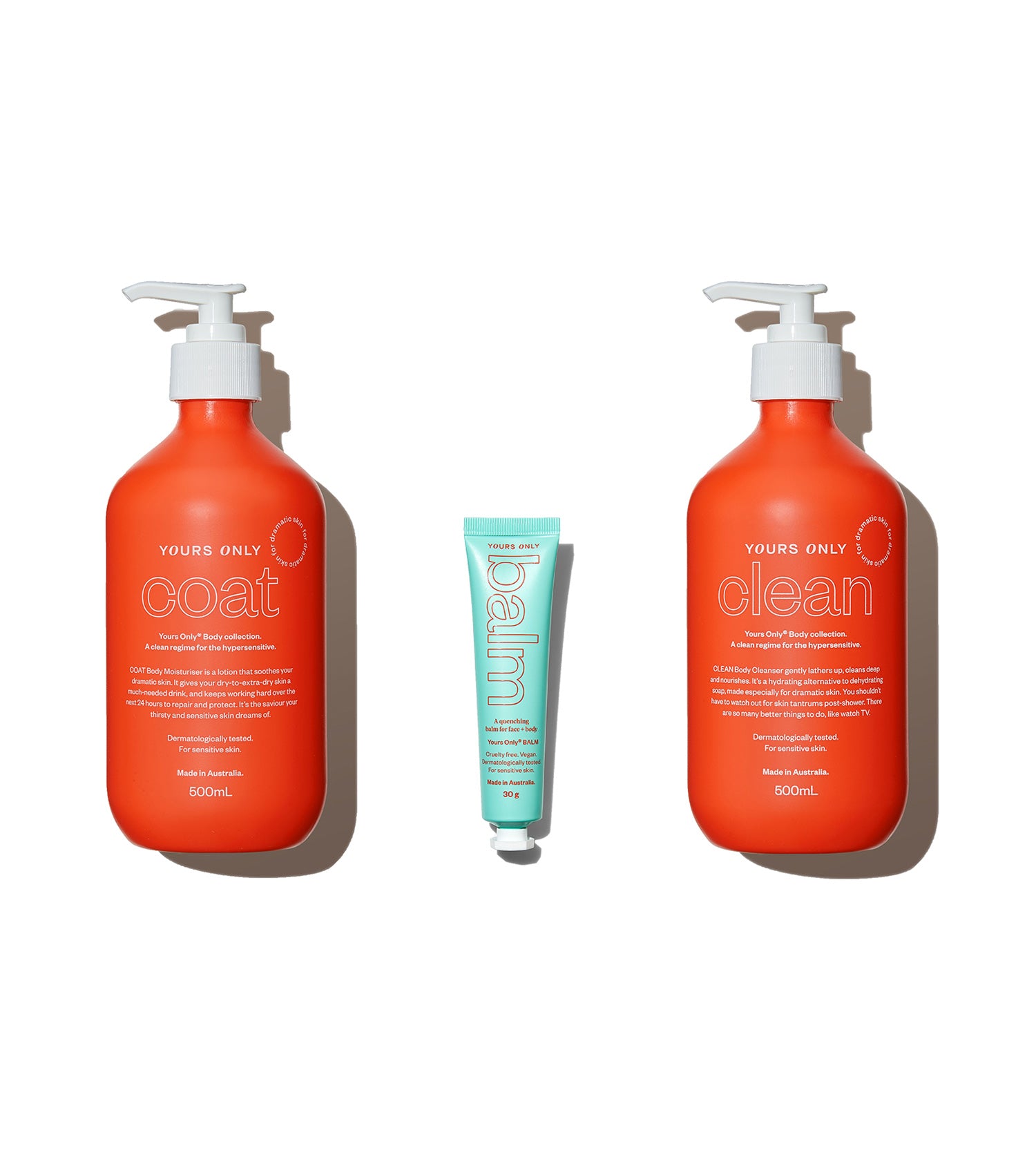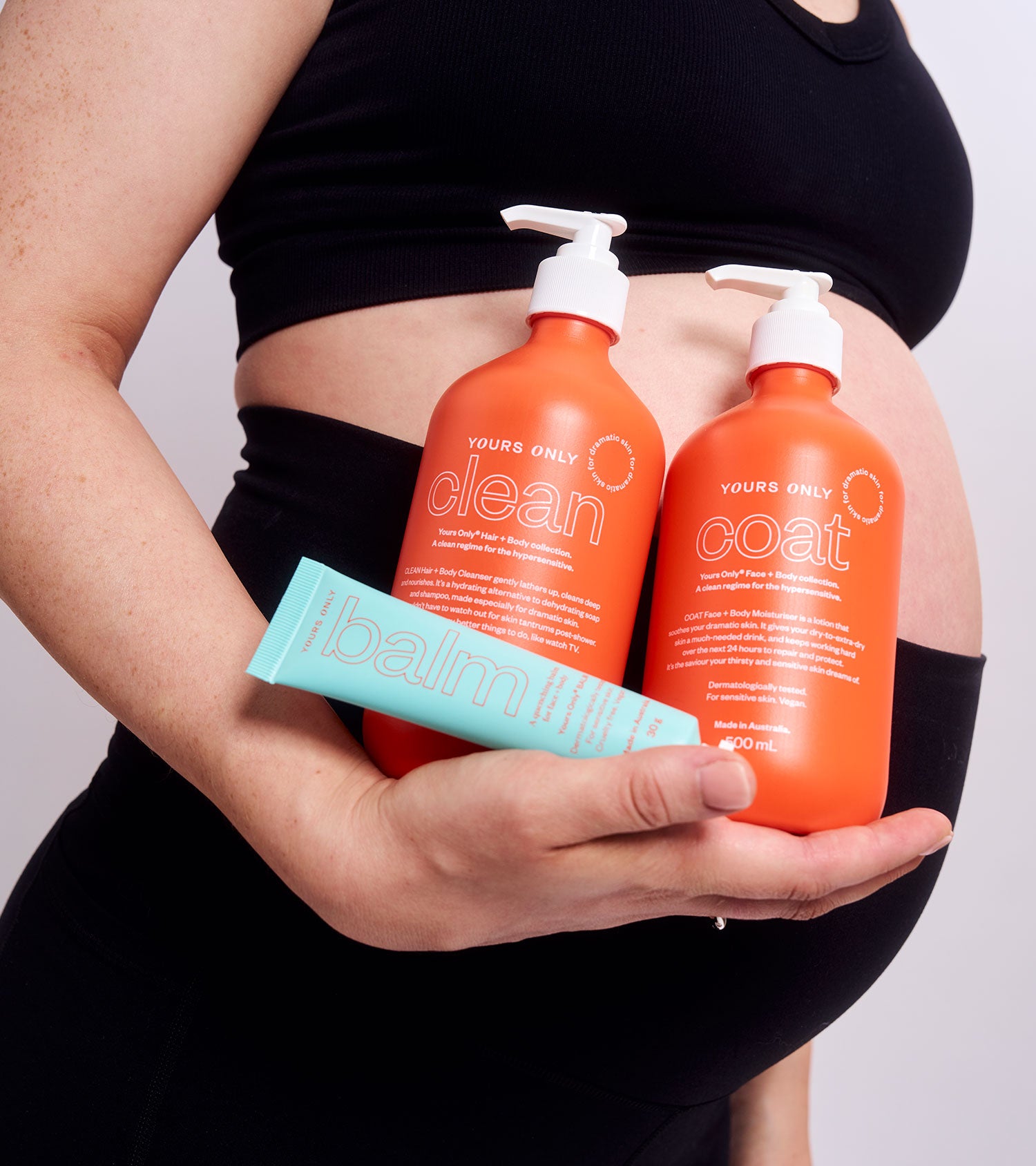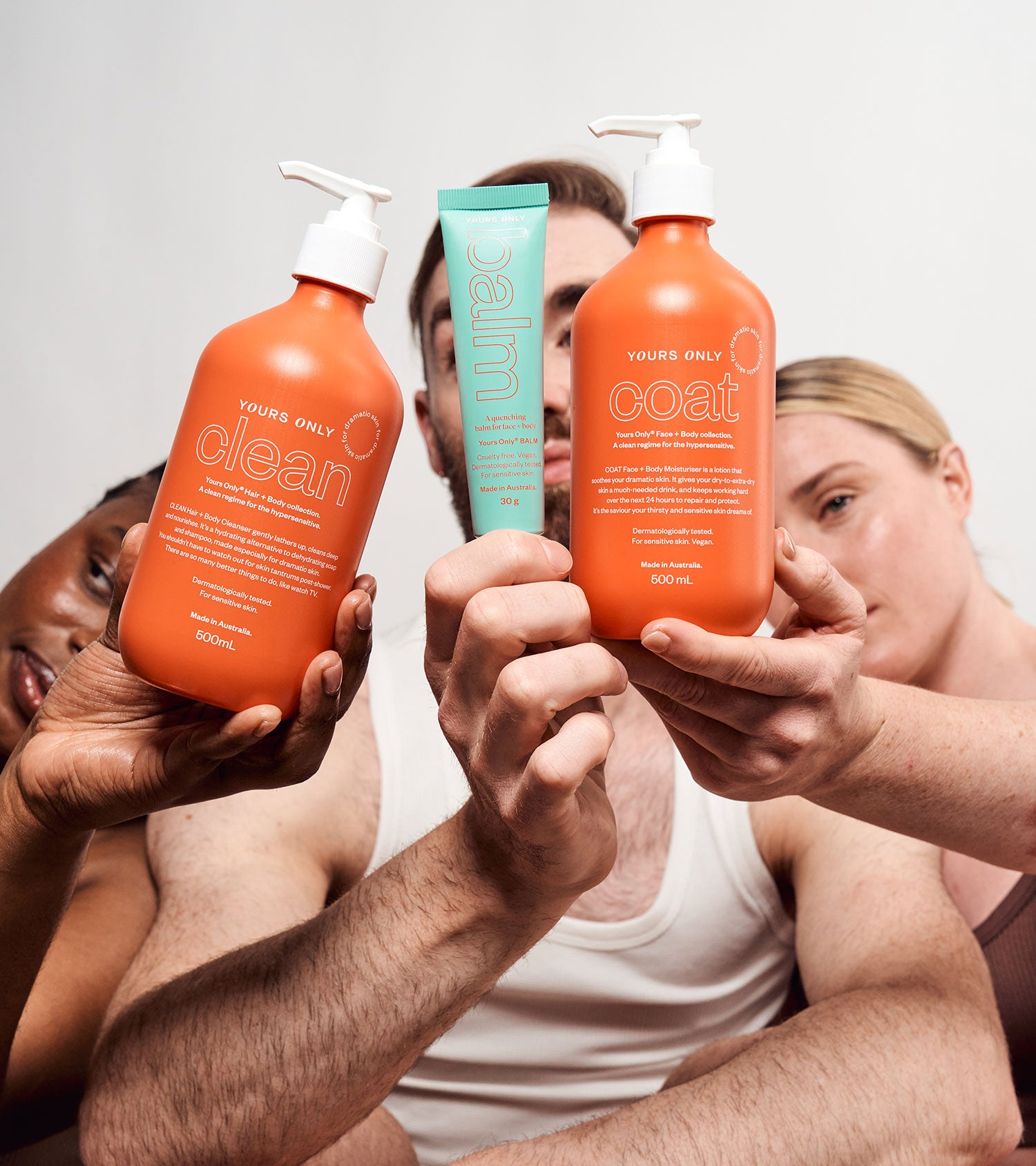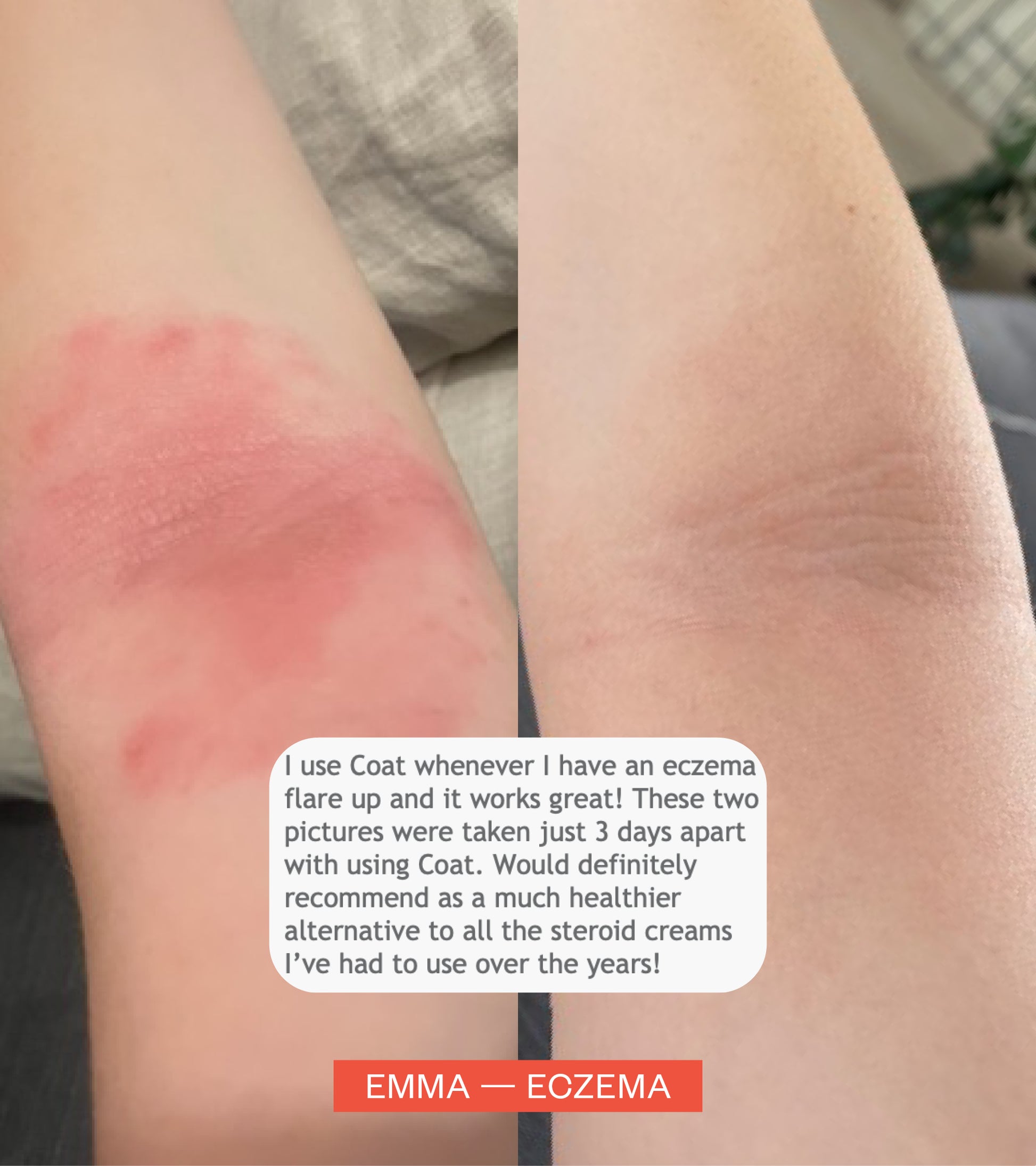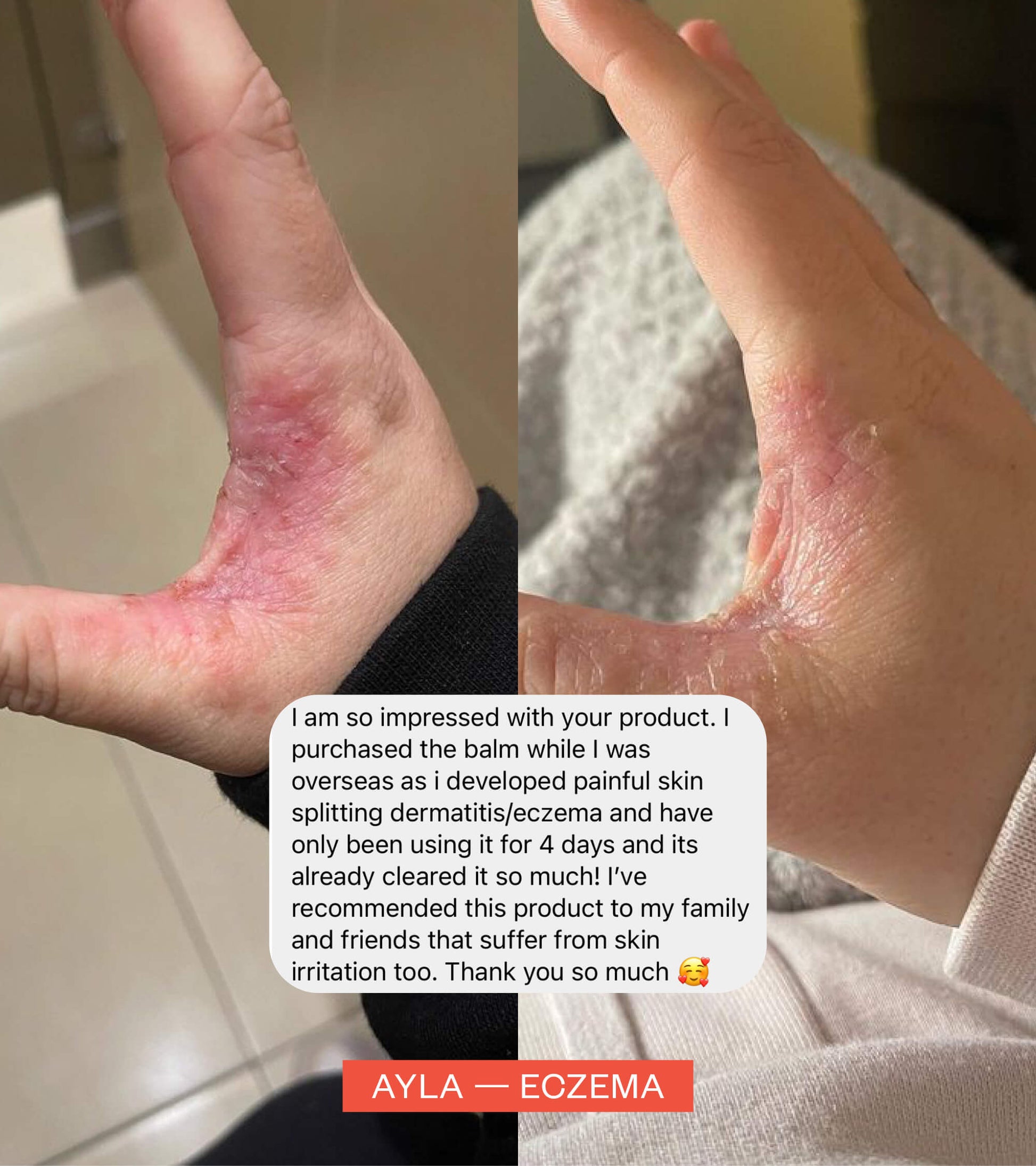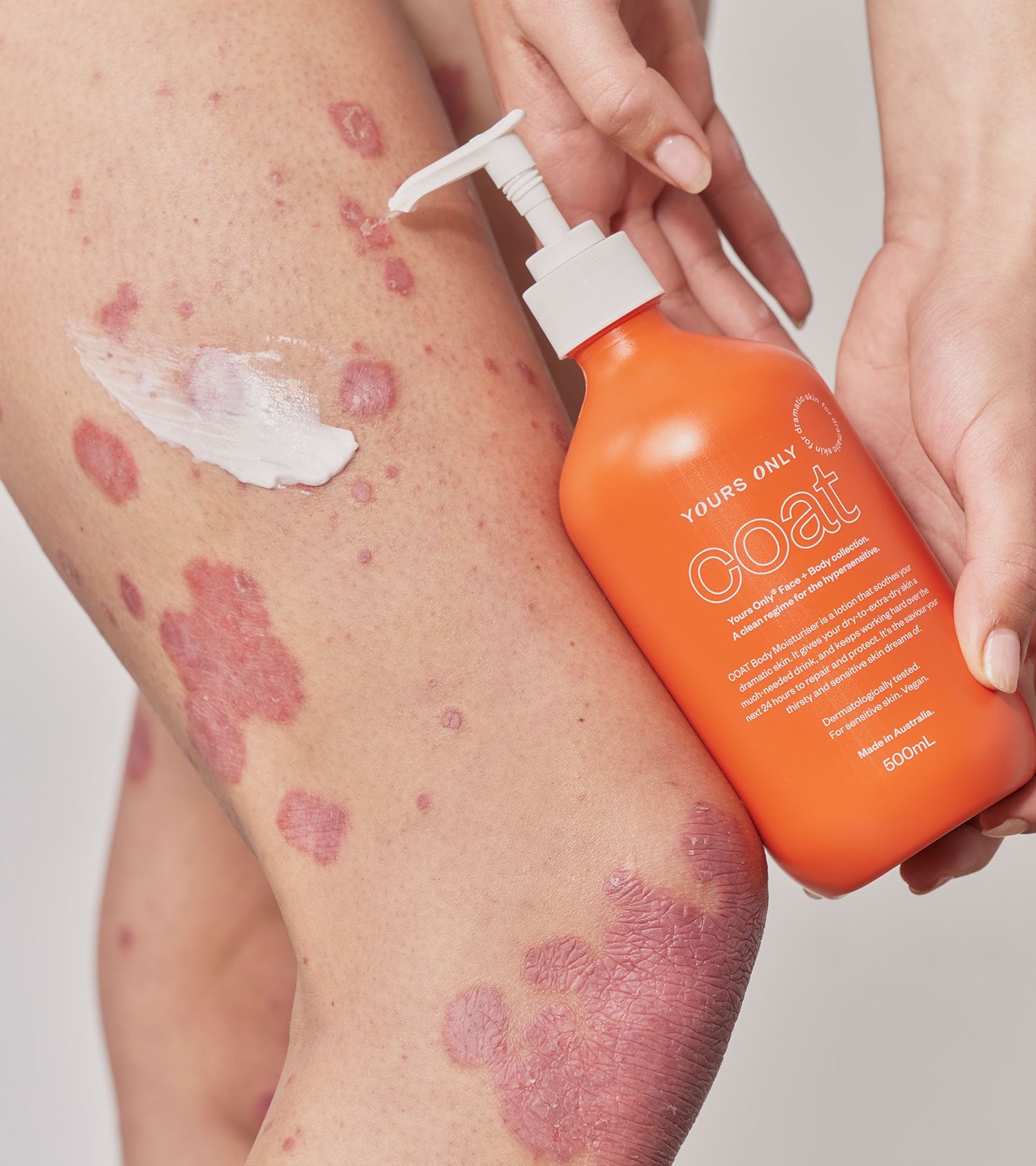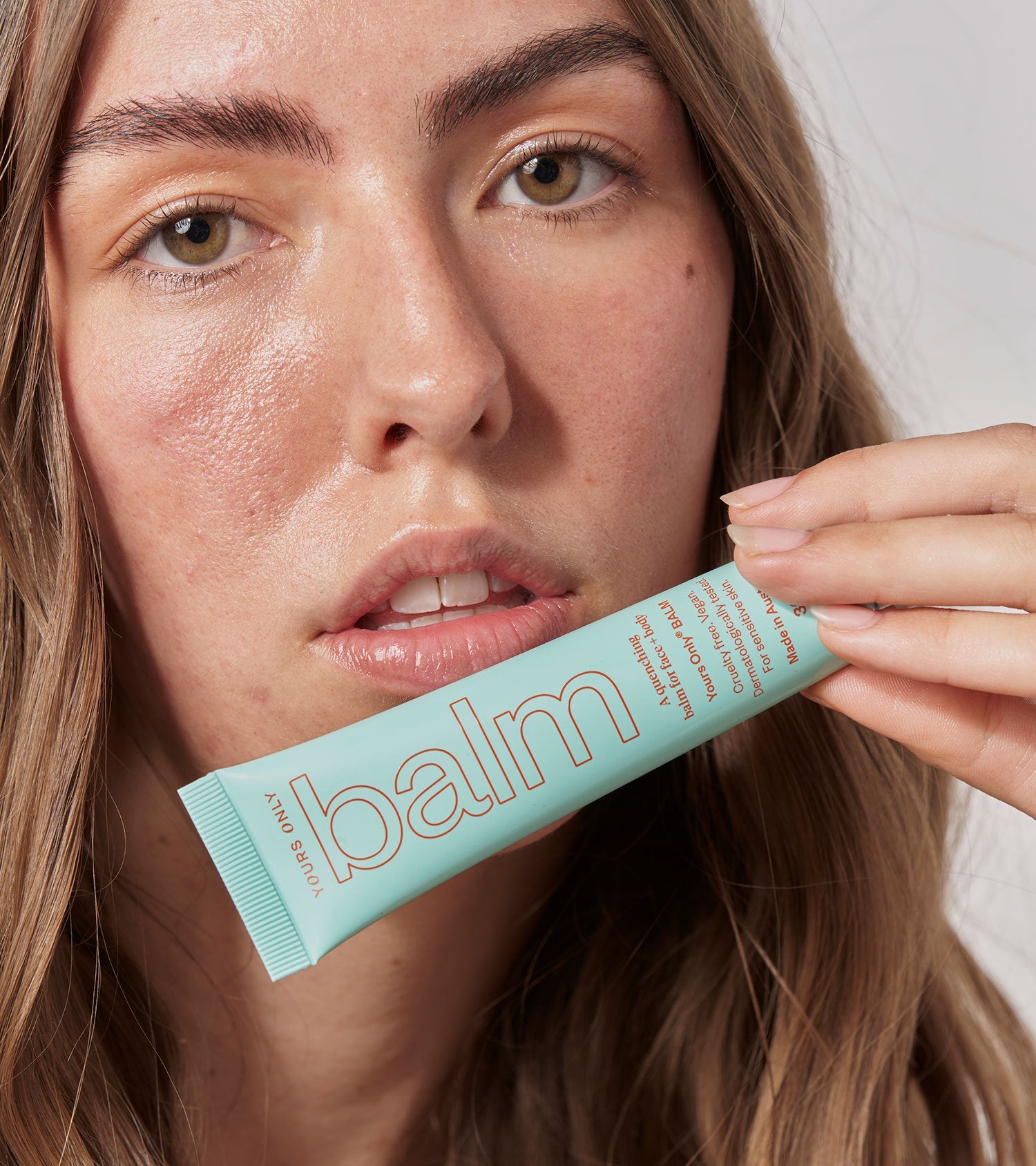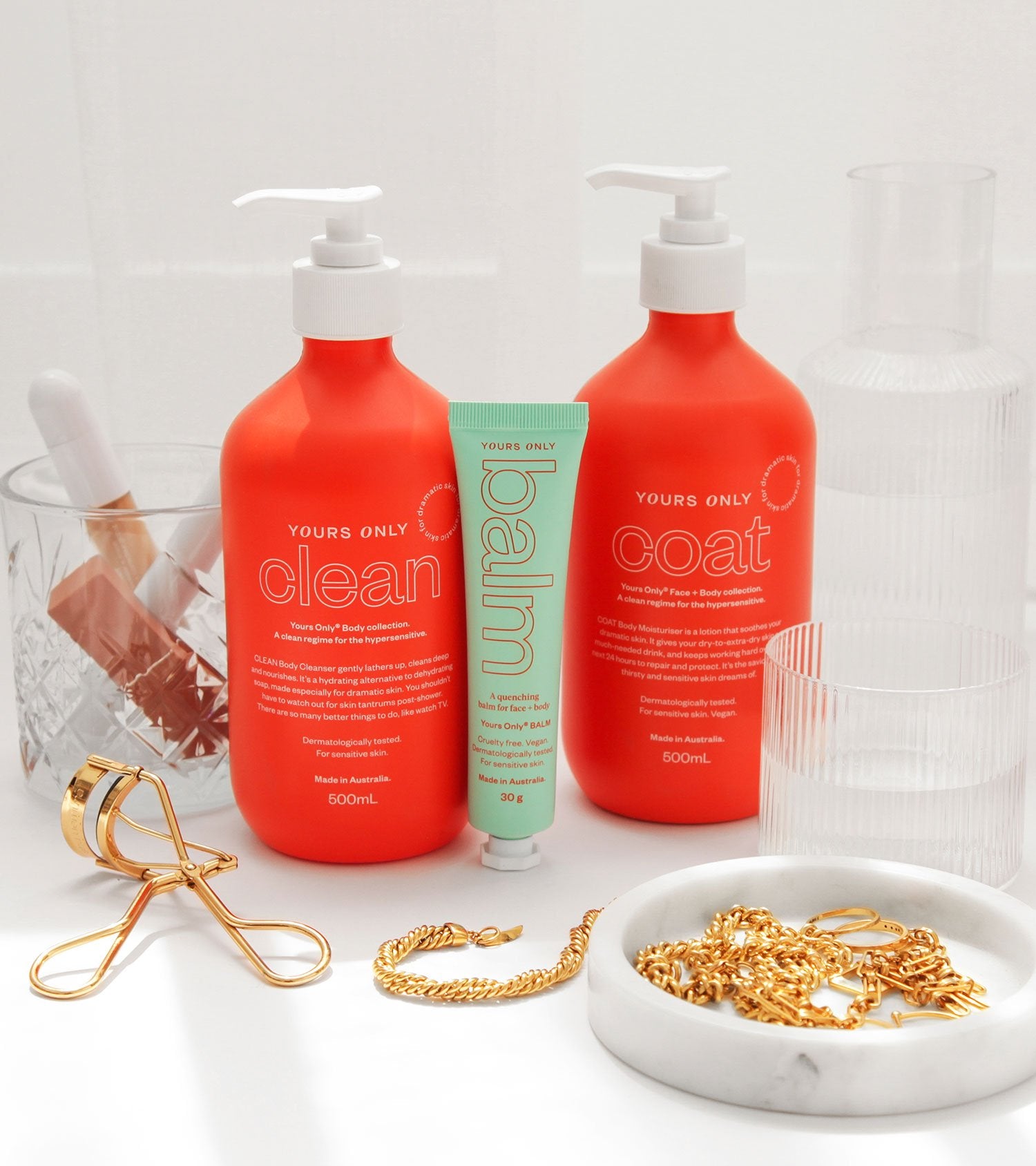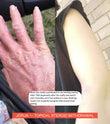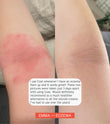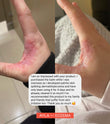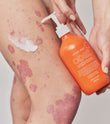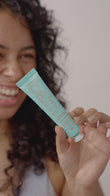Kirsty — birth trauma
Being a woman is both beautiful, and challenging, and our bodies go through so much to bring little humans into the world.
Trigger warning: this talks about traumatic events and depression.
As part of our Mother’s Day campaign Sensitive Mothers, we spoke to Melbourne Mum Kirsty about her experience of giving birth to her daughter Frankie, and her placental abruption.
After falling pregnant with her husband Dale, Kirsty was so excited to bring a little girl into the world. They moved to a new, bigger place with a room set up just the way she wanted. They attended baby classes, and created a birth plan so she was prepared for anything that faced her in the delivery room. Her rules were no epidural or induction, unless there was a medical or safety reason for it.
Having a plan means it will always go that way, right? For Kirsty, hell no. To cut to the chase, her birth was traumatic, and still to this day Kirsty has flashbacks to the moments she thought she was going to lose her own life, and her daughters. Whilst in the delivery room, things got complicated quickly. When she was 8cm dilated, her waters still had not broken and she was really struggling to control her body’s need to push. The midwives helped, and eventually her waters popped like a bag of potato chips, and they were faced with a lot of blood and meconium. This is baby poo, which means the baby was in distress. The heart rate monitor showed both Kirsty and the baby’s heart rates were abnormal. They had to act fast.

She felt a pain she could never describe — alarms were ringing and she was rushed straight into surgery to get her little baby out. Kirsty kept a face washer over her eyes to hide away from the pain and the surgeon’s face, with her final memory before going under holding a nurse’s hand tight.
When Kirsty woke up the same nurse was still there holding her hand, who explained their daughter Frankie was earthside. Kirsty was taken straight from recovery to the special care nursery where she ‘met’ with Dale and Frankie, but she was so zonked out, she has zero recollection of it. Her first memories with her first born weren’t exactly as she expected. The Royal Children’s PIPER team came in to advise they were moving Frankie to Mercy Hospital and that Dale should follow the ambulance in his car. Kirsty was left in the postnatal ward around crying babies on her own, without her own baby.
Still in so much pain from the c-section, Kirsty didn’t have time to process what just happened. She was numb. Stuck in a hospital without her baby girl, and husband with no explanation to what the hell just happened. Her Mum came to be by her side, and she FaceTimed Dale as much as possible. Ten hours post surgery, a doctor came in to explain she had a placental abruption. This occurs when the placenta detaches from the inner wall of the womb before delivery. It can deprive the baby of oxygen and nutrients, and there is only a tiny 1% chance of a placental abruption occurring, 15% ending in fetal death and 50% chance of serious complications. The docs sent off Kirsty’s placenta for an autopsy to help work out what the heck happened.

Frankie was born weighing a tiny 2472 grams, so it was likely to have started prior to labor, which is scary. Kirsty was under a general anesthetic when little Frankie was born, and she was pulled out not breathing, needing CPR for several minutes after being limp, lifeless and blue. She went under ‘cooling’ to protect her brain from potential further damage, and to protect her major organs. The aim is to cool infants with oxygen loss within 6 hours of birth to a body temperature between 33.5°C and 34.5°C and maintain this degree of cooling without interruption for 72 hours. This is followed by re-warming over 12 hours until their rectal temperature reaches the ideal range (36.5-37°C).
Hooked up to so many wires and machines, it was a scary sight for Kirsty and Dale. They had no idea of the extent of damage to Frankie’s body and they couldn’t find out until one week post birth when an MRI was booked.

At this point, Frankie wasn’t loving laying on her back which is what she needed to do to stop her organs working more than they needed to. She was given low doses of morphine to keep her still and the nurses had to think on their feet and wrap the blanket around her and tie it like a taco so she could lay on her side. She wasn’t outputting urine so a doctor discussed they may have to insert a catheter but would wait and see how she was in the morning. All she could think was that her bladder must be shutting down.
Two days postpartum Kirsty’s hormones were raging — all she wanted was her own Mum. This bought guilt as she wanted to be by Frankie’s side 24/7. They decided they would formula feed Frankie so Kirsty took a Dostinex tablet to stop her supply of milk. The down side? They hit you hard with the baby blues. Kirsty was crying every second of the day.
When Kirsty was discharged, she went home to an empty nursery, while Frankie stayed in hospital recovering. It was incredibly hard, BUT Frankie was improving. The docs were able to get her temp up to normal, and they removed her brain node monitors, cap and glasses. Kirsty could call Frankie’s nurse at any time in the day, but it was difficult to grasp that someone else was looking after her baby.

When the day came that Kirsty could hold Frankie, she finally had a positive state of mind. She cried happy tears, and was able to feel her a bottle in the NICU ward. A day later, she had an MRI, and was cleared to go home. The final diagnosis was Hypoxic Ischemic Encephalopathy, which is when the brain is deprived of oxygen and the brain cells become injured. The most common cause is low levels of oxygen in the blood or a reduced flow of oxygen to the brain. Kirsty’s was caused by her placental abruption, and they don’t know when it disconnected from her uterus.

Kirsty experienced PTSD and postnatal depression over the following months. Now, Frankie is a healthy, cheeky and happy two year old, with a baby sister Paige. Kirsty still has her ups and downs, as her mental health is always a work in progress. The birth of their second daughter was almost a way of healing for them.
For more info on Hypoxic Ischemic Encephalopathy (HIE): https://www.hopeforhie.org/


